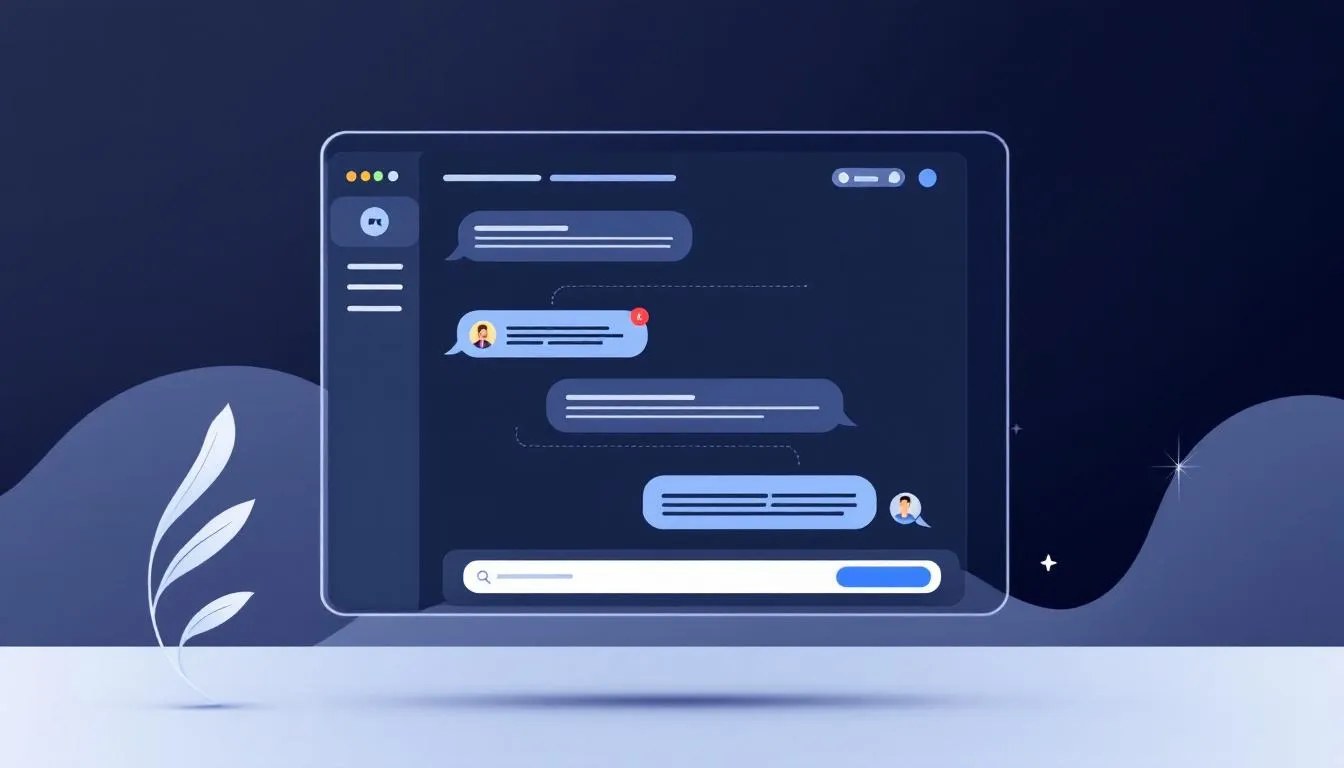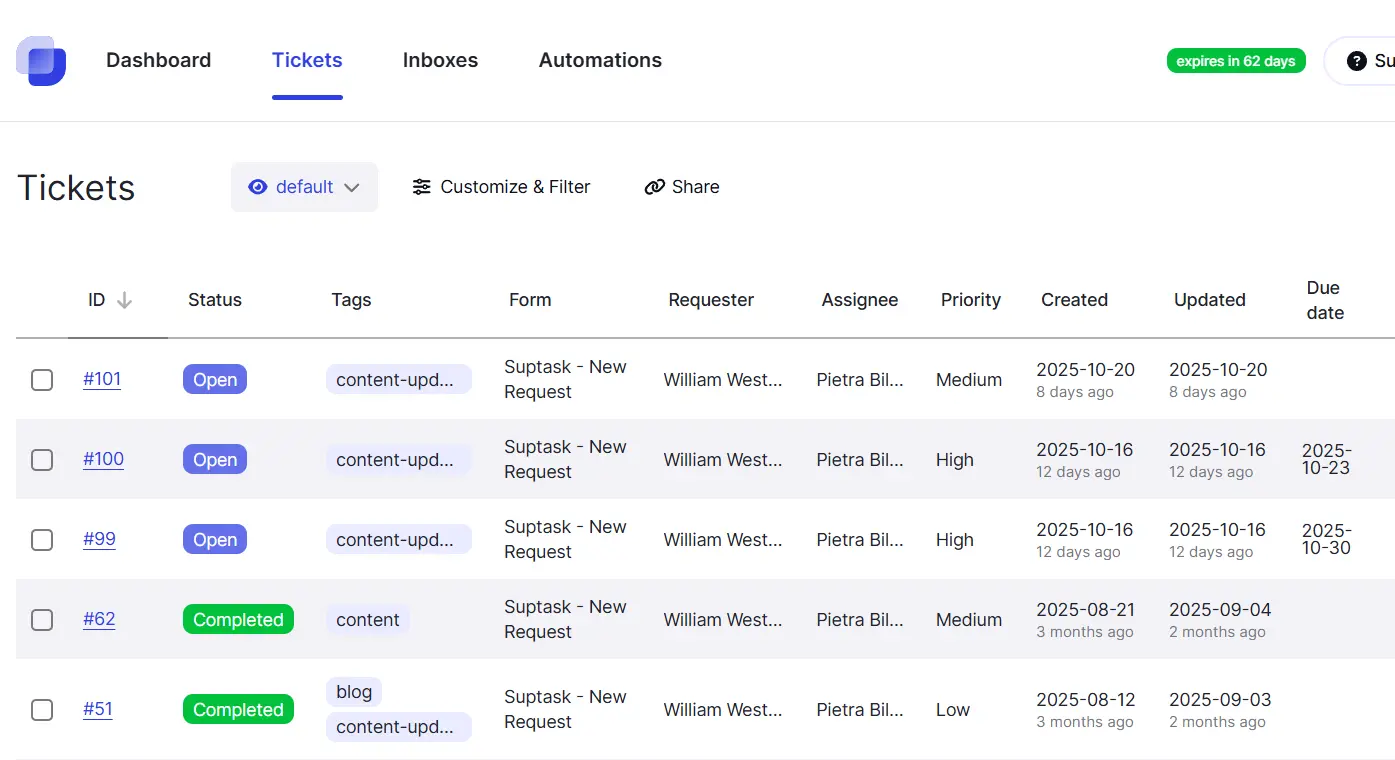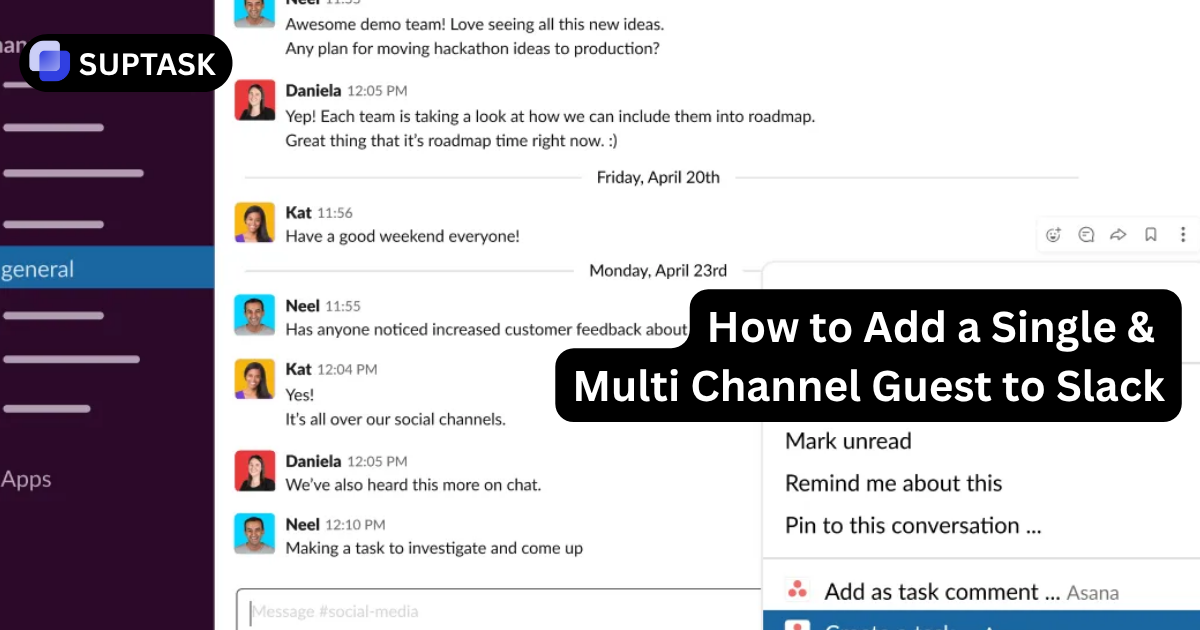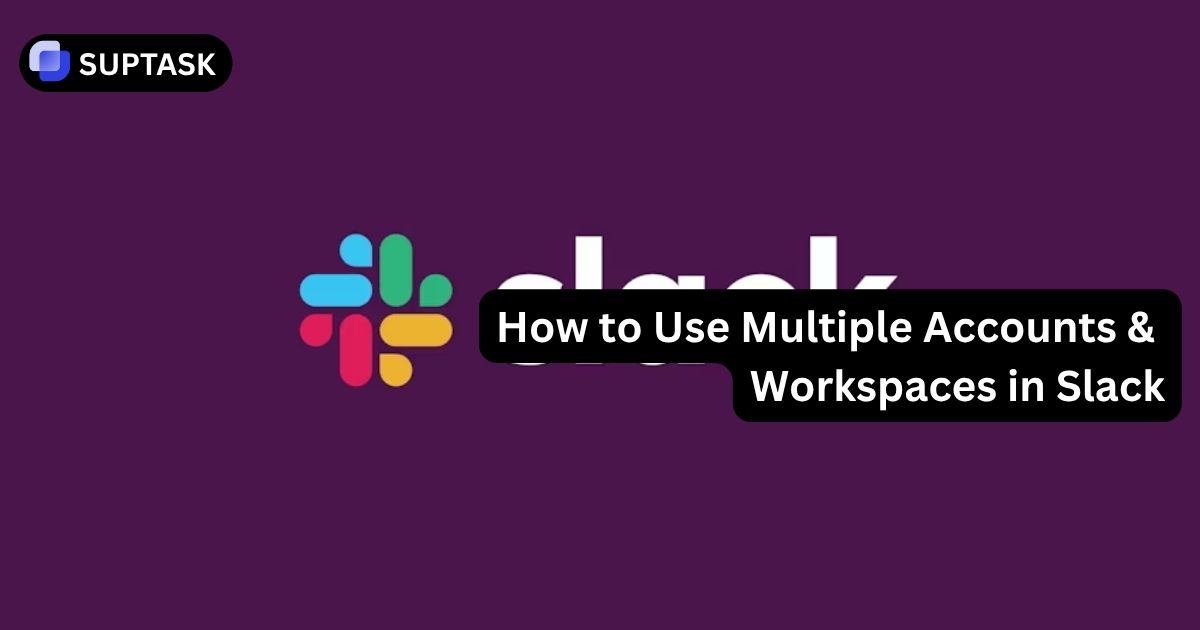Conversational ticketing is basically a method that changes real-time chat interaction messaging platforms ons into traceable support tickets. In contrast with conventional ticketing systems that depend on emails and phone calls, conversational ticketing makes use of chat platforms such as Slack and Microsoft Teams to establish a more interactive and instant support atmosphere.
With this approach, users can directly communicate with support experts, thus a more personal and efficient way of problem-solving is developed.

One of the main features of conversational ticketing is its potential to make the support process more humane through personalized support . By merging support with such platforms as Slack and Teams, where employees are already engaged, productivity is elevated and support remains at hand. Besides accelerating the ticket generation process, this also allows for 24/7 support, thus users can get assistance at any time of the day.
Additionally, conversational ticketing solutions convert conversations in live chats to formatted and easily accessible support tickets, thus making it simple for support teams to follow up on the issues and provide solutions. As a result, this method not only brings about better organization and effectiveness but also increases customer satisfaction through offering a smooth and user-friendly support experience.
How Conversational Ticketing Works

Conversational ticketing is all about the user starting a chatcustomer service channelsorms such as Microsoft Teams or Slack, which are connected to the support system. This method has a lot of advantages:
- One can completely forget about the hassle of waiting on the phone or for an email response.
- The customer gets to experience a more immediate and attractive type of support.
- Before the user even realizes it, AI chatbots are already there to facilitate and accelerate the initial communication when a user opens a conversation.
- Using AI chatbots, common inquiries are addressed and later converted into structured tickets.
After the dialogue is converted into a support ticket, it is, according to the predetermined rules such as the category and the urgency, given to the right customer support agents. For example, if an employee requests access to specific software, the ticket will be forwarded to the IT department responsible for software management. It is this automated routing that ensures the right support staff handle the tickets, thereby speeding up the solution process.
At every stage of the ticket’s life, the entire dialogue is preserved and followed thus, thanks to this, it is always possible to look through it and take it as a reference for the next-time interaction. Therefore, it not only helps resolve current problems but also serves as a knowledge base that can be used to enhance tomorrow's service request management process and incident management support operations.
Conversational ticketing systems additionally provide a self service portal :
- They keep track of ticket traffic, response times, and resolution rates, which are valuable metrics for support operations that can be constantly improved with the help of these insights.
- Firstly, they automate ticket creation and routine tasks that otherwise would take up a lot of time and effort from support teams thus reducing the administrative burden.
- This automation grants the support teams the liberty to channel their energies toward more important tasks, thus leads to a higher overall productivity level.
Overcoming Challenges in Conversational Ticketing

Conversational ticketing is a worthwhile endeavor, but one cannot overlook the difficulties accompanying it.
Typically, support teams are bothered by a backlog of tickets, long response times, and a hard time figuring out the most pressing issues, and these factors, in turn, lead to the frustration of their customers. Proper allocation of resources and prioritization of tasks are the only ways to manage incoming requests and get a grip on these problems, and conversational ticketing systems provide answers to these issues.
Managing High Volumes of Tickets
When the number of support tickets is too high, it results in the demoralization of the support team and long response times, which in turn lead to inefficiencies, especially when they cannot handle multiple conversations simultaneously .
By delegating the task of ticket intake to a conversational ticketing system, the process is made more efficient, and thus the waiting time is eliminated, and the number of mistakes is reduced. Automation is instrumental in the execution of support teams' plans for service delivery while handling the workload leading to the assurance of prompt attention to customer support requests.
Ensuring Data Integrity
The quality of the data is the main factor deciding the success of AI-based operations within conversational ticketing. Efficiency and impact maximization in service request management are driven by data-driven insights.
Proper integration is the key to lessening the occurrence of repetitive tasks through the facilitation of an unbroken flow of data and, at the same time, ensuring data integrity.
Nevertheless, support teams and it teams are often confronted with difficulties in tracking metrics and archiving threads when they use platforms like Slack or Teams.
To get rid of these problems, service teams need to make sure that conversational ticketing systems are not only constructed for seamless integration with already established collaboration platforms but they also help in data management and accurate support metrics tracking.












